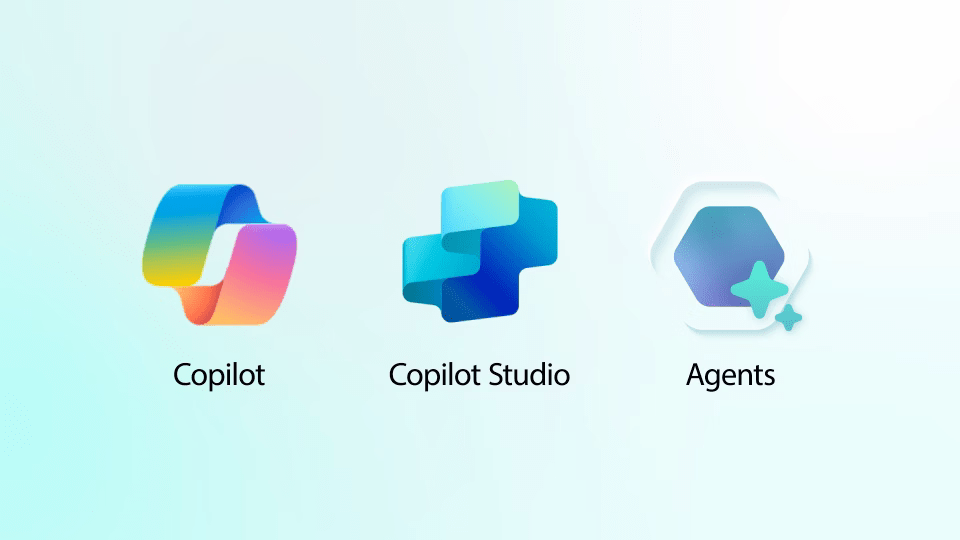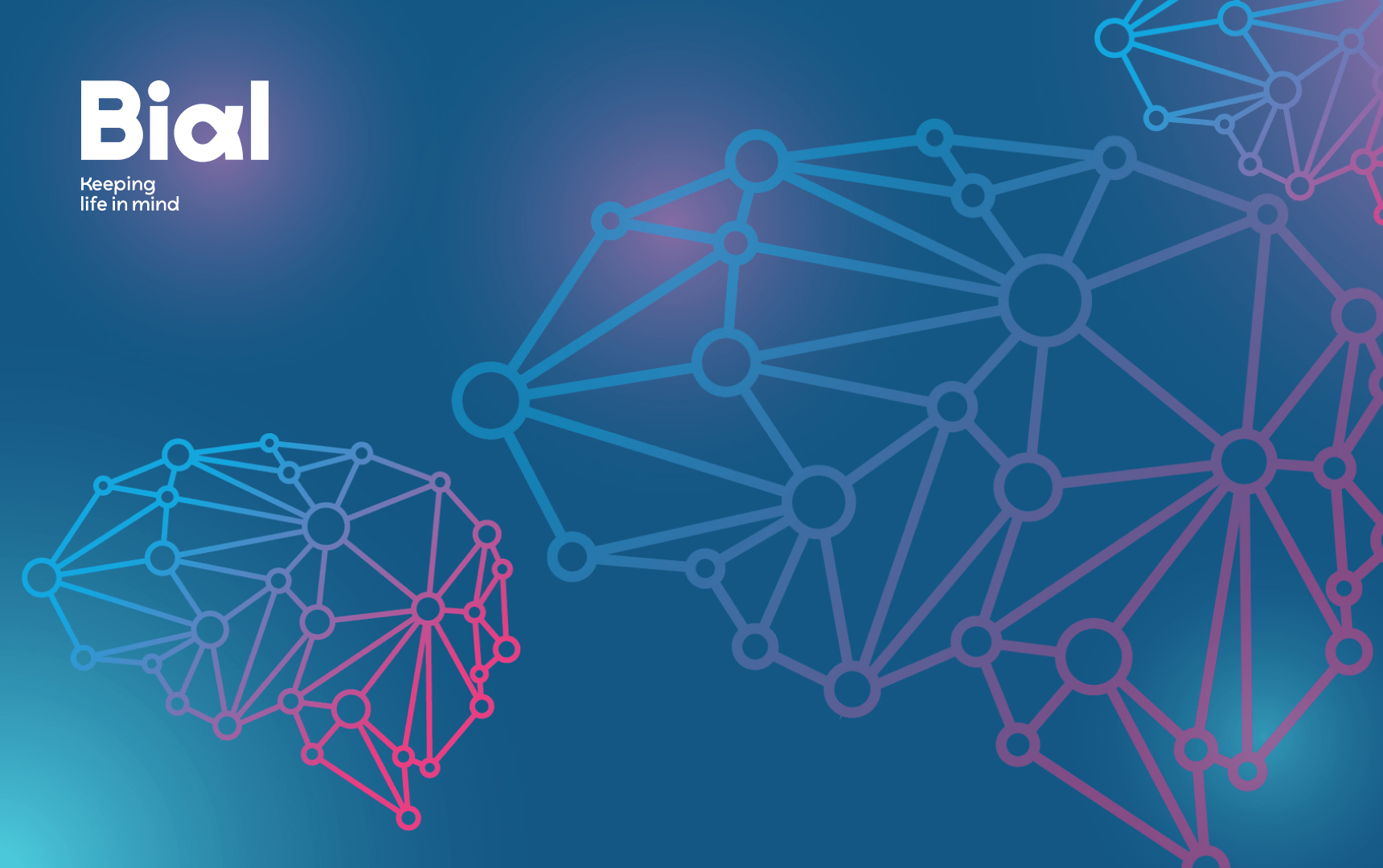Digital transformation has driven the need for more scalable and efficient solutions. Traditionally, many companies have adopted the ETL (Extract, Transform, Load) model to extract, transform, and load data, but this approach presents significant limitations in terms of rigidity, complexity, and fragmented costs. In contrast, the Medallion architecture has gained prominence by offering a modular, flexible, and more cost-effective structure, adapting to the current needs of Business Intelligence (BI) and Artificial Intelligence (AI) workflows.
1. Understanding Traditional ETL Architecture
In the traditional ETL model, data is extracted from various sources, undergoes heavy transformation processes, and is then loaded into a Data Warehouse. Although this approach has been well-established over the years, it faces several challenges. For instance, costs related to storage, processing, licensing, and other factors are often charged separately, which can unexpectedly increase the overall investment.

2. The Medallion Architecture: A New Approach
Given the limitations of the traditional model, the Medallion architecture emerges as an innovative solution. This approach organizes data processing into three progressive layers:
- Bronze Layer: where data is stored in its raw state, without any pre-processing.
- Silver Layer: where data transformation and normalization occur, preparing it for more detailed analysis.
- Gold Layer: where data is aggregated and refined for final consumption (ad-hoc consumption or via dashboards).
This layered structure allows each stage of processing to be used as needed, eliminating process duplication and promoting greater flexibility.

3. Comparing Traditional ETL and Medallion Architecture
When evaluating the two approaches, we can highlight key differences:
- Scalability and Flexibility: The ETL model is often limited and rigid, making it difficult to make quick adjustments according to business needs. On the other hand, the modular structure of the Medallion architecture facilitates the adaptation and expansion of workflows.
- Data Availability Time: Due to the intensive transformation processes, data in the ETL model takes longer to become available. In contrast, the layered structure of the Medallion architecture allows for quicker access to the data.
- Operational Costs: The traditional approach often involves fragmented investments—licenses, storage, and processing are paid separately. In contrast, platforms adapted to the Medallion architecture offer a unified model, with more predictable cost management.
| Criterion | ETL (Traditional) | Medallion |
|---|---|---|
| Scalability | Limited | Highly scalable |
| Wait time | High | Reduced |
| Flexibility | Low | High |
| Complexity | High | Modular and adaptable |
| Costs | Separate licenses for storage, computing, ML, etc. | Everything included in unified platforms like Fabric and Databricks |
| Pricing Model | Infrastructure under self-management or cloud with individual components paid separately. | SaaS/PaaS model with predictable costs and integrated services |
4. How These New Platforms Reduce Costs
Platforms like Microsoft Fabric and Databricks exemplify the potential of the Medallion architecture in data transformation and management:
- Microsoft Fabric integrates Data Warehousing, Engineering, Analytics, ML, and Governance services into a single platform within the Microsoft ecosystem. This integration promotes an optimized consumption model and predictable pricing, making resource management easier.
- Databricks It is designed for modern Data Lakes, incorporating Delta Lake and enabling distributed processing. This allows AI solutions to be processed without the need for separate investments in each component.
These platforms eliminate the fragmented costs typical of the traditional model by consolidating essential functionalities into a single ecosystem, thereby contributing to operational efficiency and cost reduction.
A major difference between the two technologies is the payment model: while Databricks adopts a pay-as-you-go model... pay-as-you-go (pay-as-you-go), Microsoft Fabric is based on a fixed price, determined by the contracted capacity according to the SKU (tier) chosen.
5. The Role of B2F in the Transition to Medallion Architectures
The transition to the Medallion architecture may seem challenging, especially for companies that have established processes with the traditional ETL model. It is in this scenario that B2F plays a crucial role... B2F stands out by offering:
- Assessment and Diagnosis: A detailed analysis of the current infrastructure to identify areas for improvement.
- Planning and Implementation: The development of a strategic plan to migrate to a Medallion architecture, ensuring that the transition is smooth and effective.
- Cost Optimization: Strategies to reduce unnecessary investments, automate processes, and ensure efficiency.
- Knowledge Transfer: Training and support to ensure teams can fully leverage the new tools and processes.
The expertise of B2F makes this transition an opportunity to modernize processes, bringing greater processing power, organization, and scalability, thus ensuring a solid return on investment.





